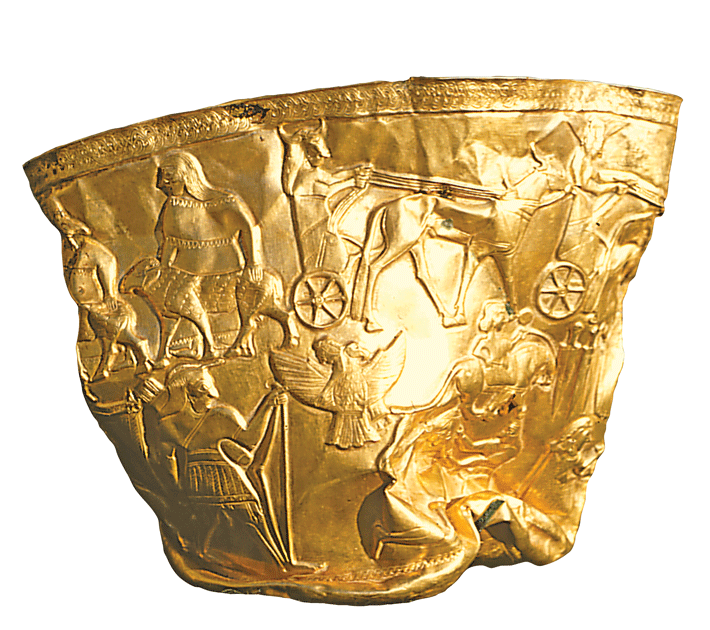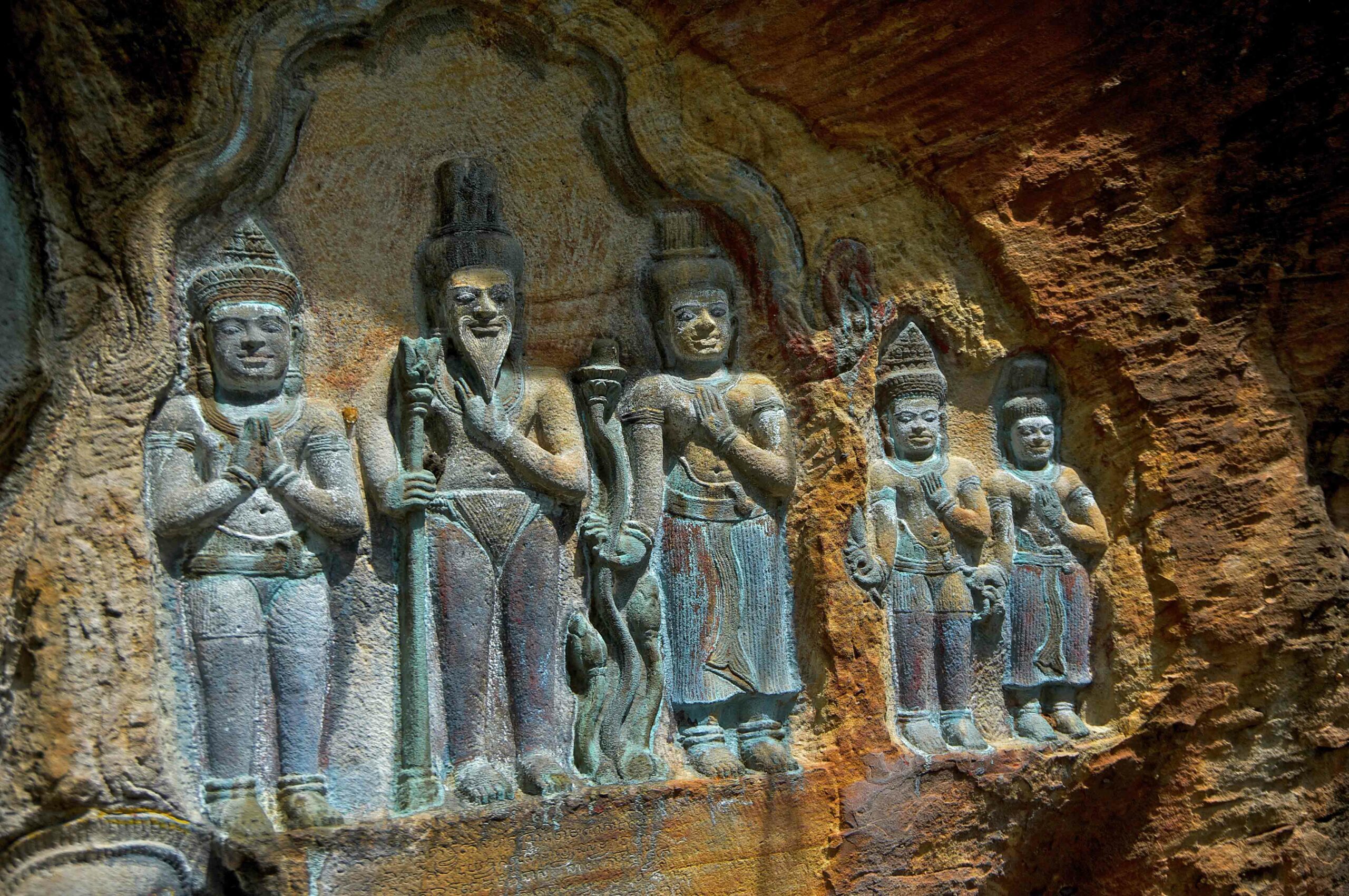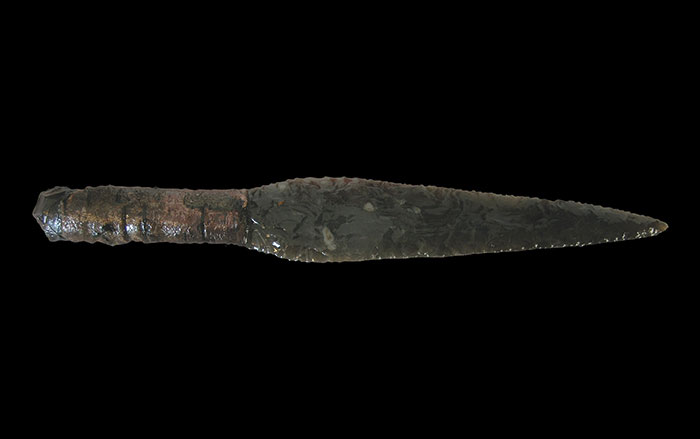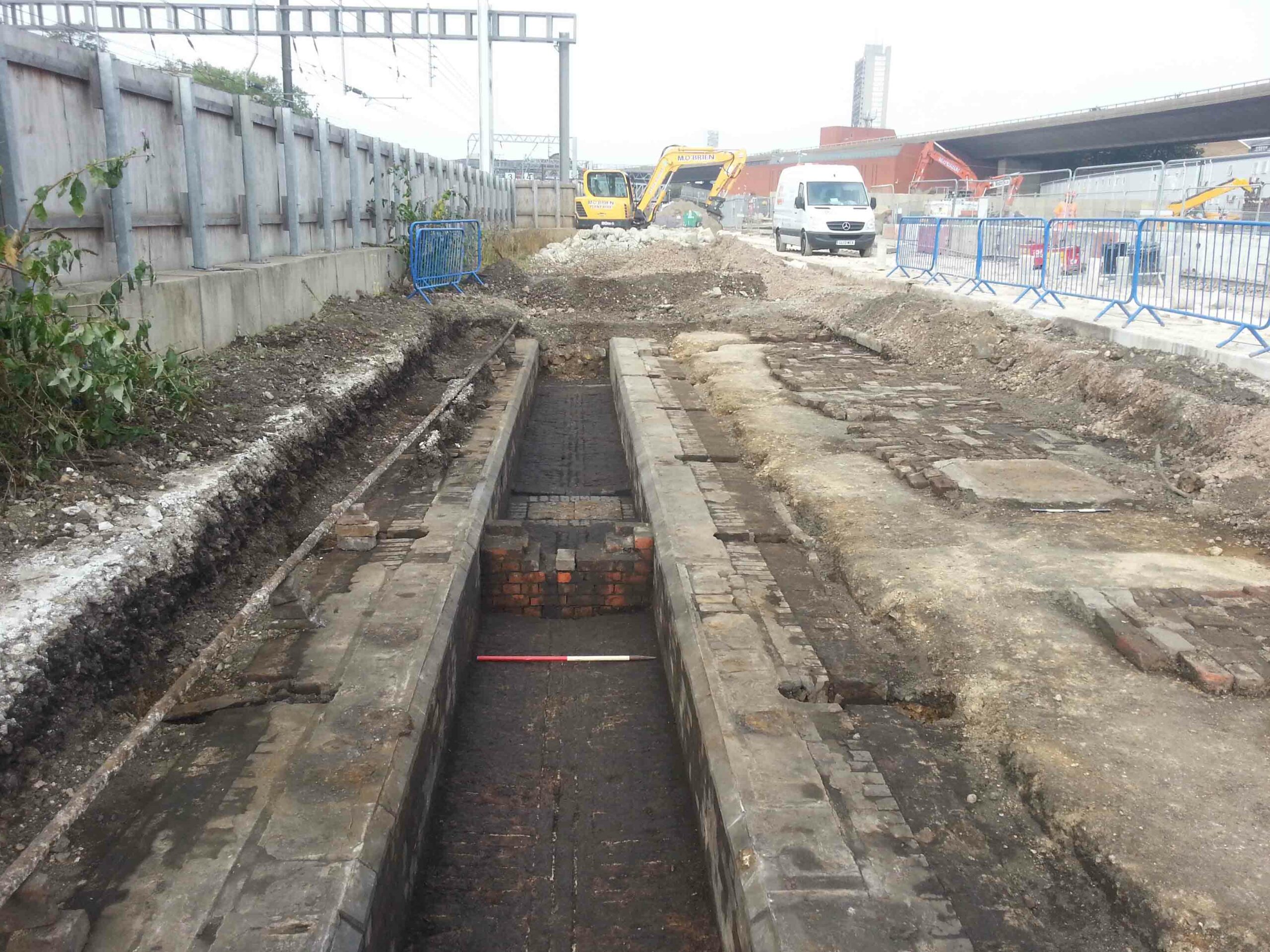
The Iron Age fortified hilltop site of Hasanlu Tepe in northwest Iran was sacked around 800 B.C. Much of the chaos and destruction from that event was long frozen in time, until archaeologists encountered well-preserved buildings, artifacts, and even human remains in their efforts to reconstruct the ill-fated settlement’s demise. The site was briefly explored in the 1930s, and large-scale excavation took place there between 1956 and 1977, sponsored by the University of Pennsylvania Museum, the Metropolitan Museum of Art, and the Archaeological Service of Iran. In 1958, the discovery of Hasanlu’s most famous find, known as the Gold Bowl, brought the excavation international attention. The solid gold artifact weighs more than two pounds and bears remarkable repoussé and chase decorations (made by hammering the metal from both the back and front) depicting various mythological scenes. The spectacular vessel, however, was surrounded by an air of mystery. The bowl was found crushed beneath a layer of burned debris near three skeletons. How did the valuable object end up there? Were these individuals rescuing it from the burning city? Or were they stealing it?

Michael Danti, a Boston University archaeologist, is taking a new look at the find and its context, and his latest theory suggests a scene more sinister than heroic. The original Hasanlu Project produced massive amounts of data, but the speed, size, and scope of these excavations often resulted in limited documentation and publication of the material. Decades later, Danti is seeking to remedy this problem by reviewing and publishing the information. The process is providing new details about the site’s destruction nearly 2,800 years ago. “Whenever we reexamine a Hasanlu dataset we find something new and exciting,” says Danti. “The possibilities for reanalysis are incredible.”

Hasanlu developed into a significant commercial and production center during the early Iron Age (1400–800 B.C.), owing to its location on important trade and communication routes between Mesopotamia and Anatolia. The citadel at the center of the settlement contained an array of monumental buildings, including palaces, temples, and large multi-columned halls. The evidence Danti is studying confirms that the citadel met with a violent end. Many buildings were ransacked and burned, which caused them to collapse. In addition, the remains of more than 250 people were uncovered, some with signs of systematic execution. “The horrific level of violence evident in the archaeological record left a mark on everyone who excavated the citadel,” Danti adds. “Hasanlu’s destruction level makes it a giant ninth-century B.C. crime scene.” According to Danti’s analysis of the Gold Bowl’s context, the valuable object was in the process of being looted by enemy combatants. The three soldiers, who, based on their military equipment and personal ornaments, probably hailed from the Urartu region north of Iran in modern Armenia, were in the process of plundering a wealthy, multistory complex as the citadel burned. They located the bowl and other valuables in a second-story storeroom. As they fled with their prize, the mud-brick building suddenly collapsed. The invaders were hurled to the floor below, where they were crushed by debris, and lay buried, side-by-side—thieves and their trophy—for nearly three millennia.










